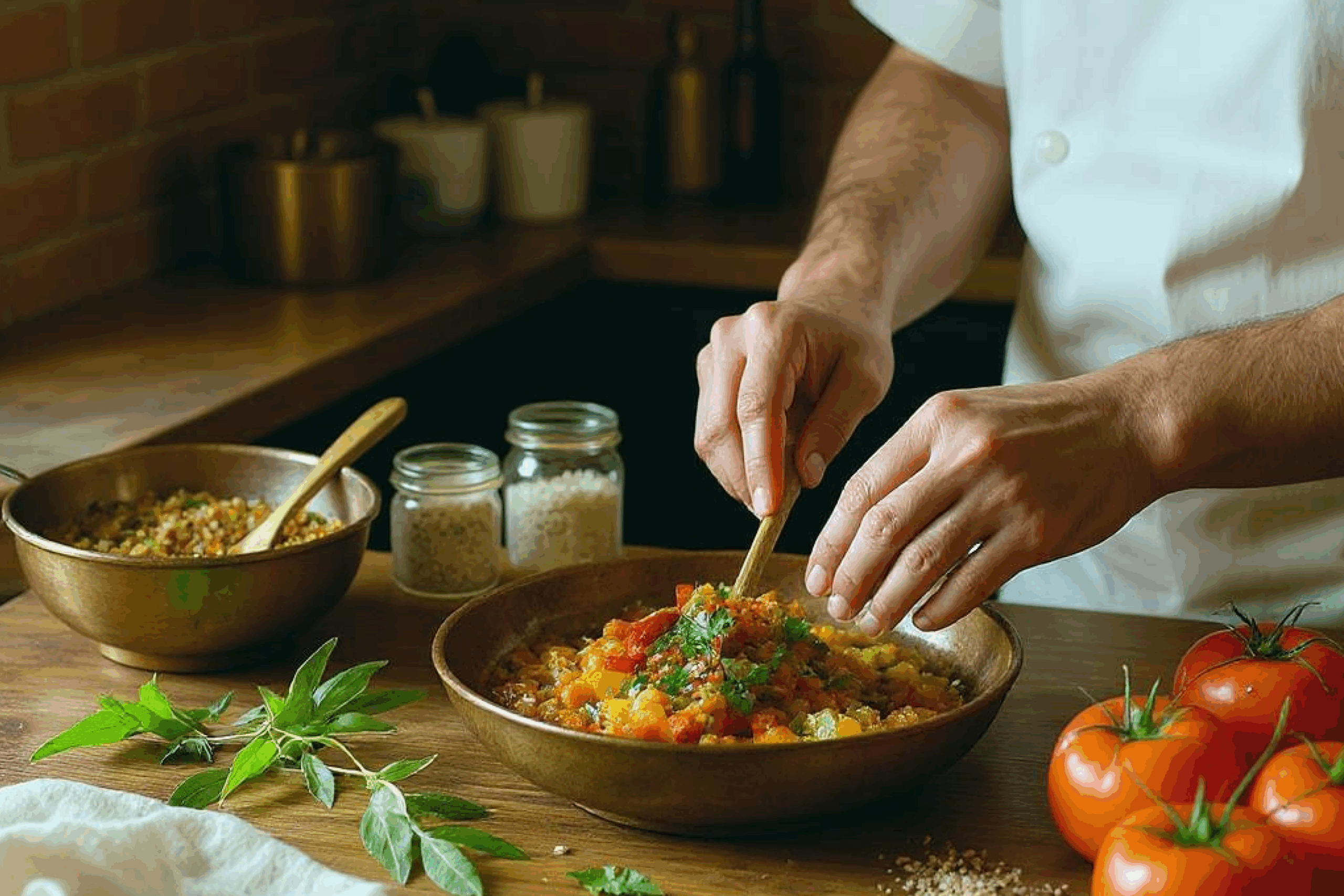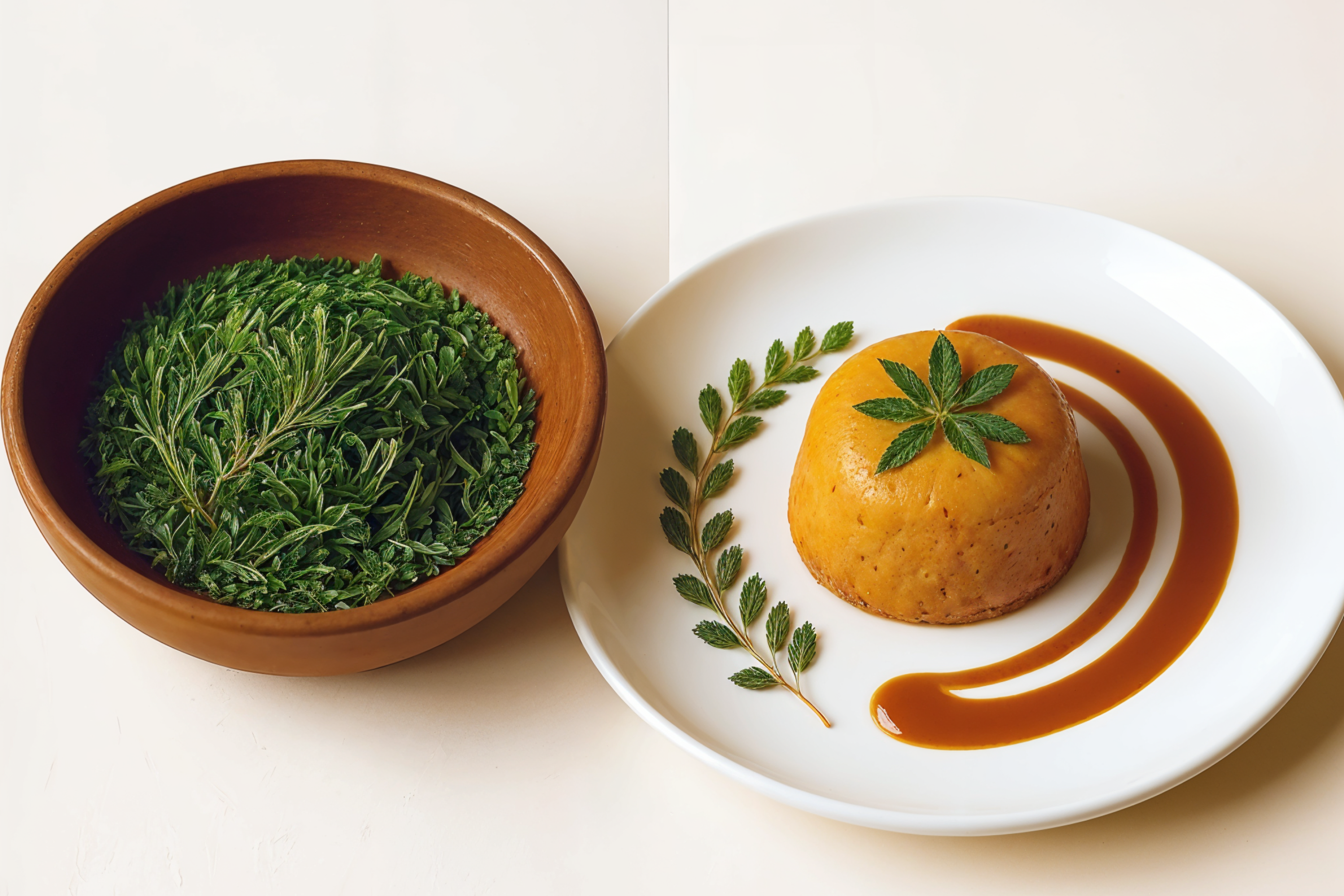Why It’s Important to Purchase from a Farm-to-Table Store
In today’s fast-paced, convenience-driven world, it’s easy to overlook where our food comes from. Supermarkets stocked with produce from thousands of miles away, it has made possible to get nearly anything at any time of the year. But there’s a growing movement bringing food sourcing back to its roots — farm-to-table. Supporting farm-to-table stores isn’t just trendy; it’s meaningful. Here’s why it matters.
1. Freshness and Flavour
Farm-to-table stores prioritize fresh, locally-sourced products that haven’t spent days or weeks in transit. This means fruits and vegetables are often picked at peak ripeness, meats are processed with care, and dairy is sold while it’s still incredibly fresh. The result? Superior taste, better texture, and more nutritional value compared to industrially produced food.
2. Supporting Local Farmers and Producers
Every dollar spent at a farm-to-table store goes directly toward supporting small-scale farmers, ranchers, and artisans in your region. These are the people who prioritize sustainable practices and take pride in what they grow or create. By buying local, you’re helping preserve farmland, sustain rural communities, and empower the people behind your food.
3. Transparency and Trust
When you shop farm-to-table, you often know exactly where your food is coming from. There’s less mystery and more accountability. You can ask about farming methods, animal welfare standards, and even visit the farms themselves. That transparency builds trust — something often missing in large-scale food systems.
4. Better for the Environment
Local food travels shorter distances, meaning a significantly smaller carbon footprint. Farm-to-table operations also tend to use fewer preservatives and packaging materials. Additionally, many small farmers employ eco-friendly practices like crop rotation, organic farming, and minimal chemical use. Your purchase helps promote a healthier planet.
5. Seasonal Eating and Mindful Consumption
Shopping at a farm-to-table store encourages you to eat seasonally. This not only aligns your diet with nature’s cycles but also diversifies your meals and helps you appreciate the food available in each season. It fosters a deeper connection to the land and a more mindful approach to consumption.
6. Community Connection
Farm-to-table stores are often more than just places to shop — they’re hubs for community. They host tastings, partner with local restaurants, and promote educational events. Buying from them means becoming part of a network that values food, sustainability, and relationships.
In Conclusion
Choosing a farm-to-table store isn’t just about what’s on your plate. It’s a vote for healthier food, a stronger local economy, environmental responsibility, and a more connected community. Every purchase makes a difference — not just for your health, but for the planet and the people who nourish it.





